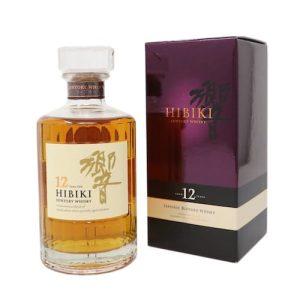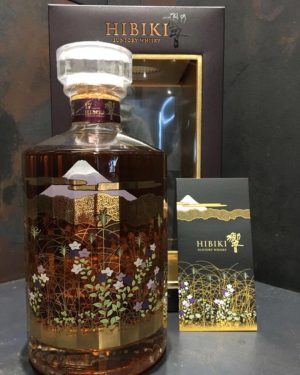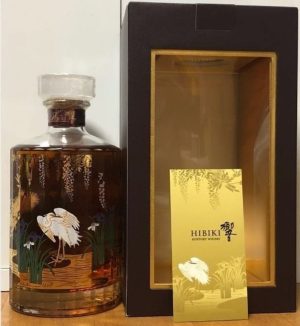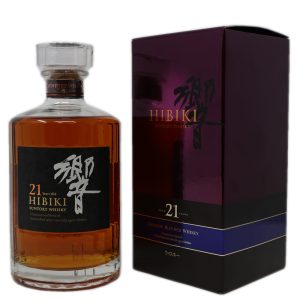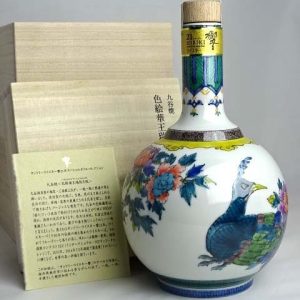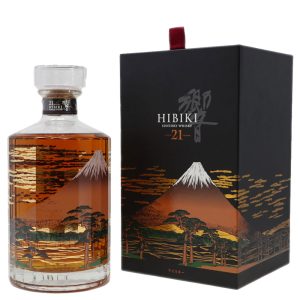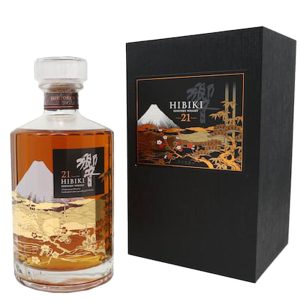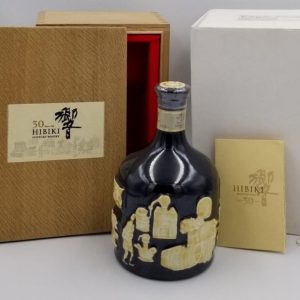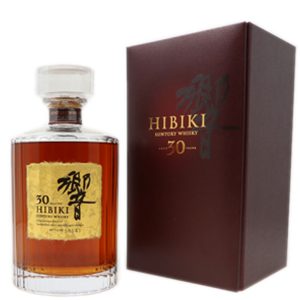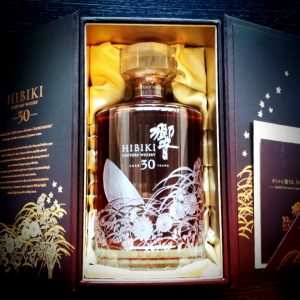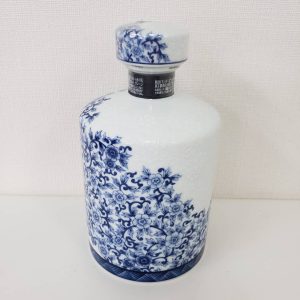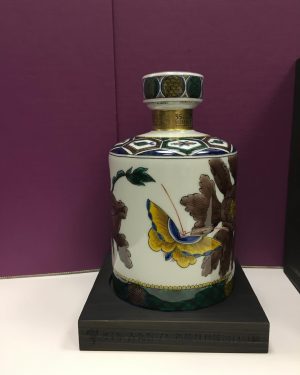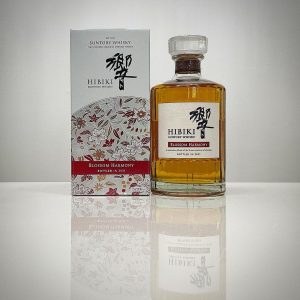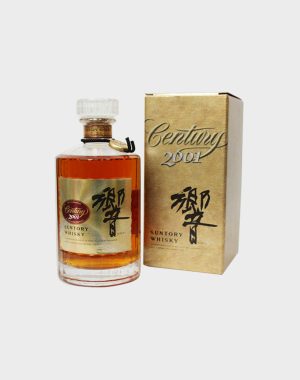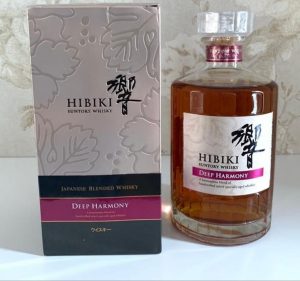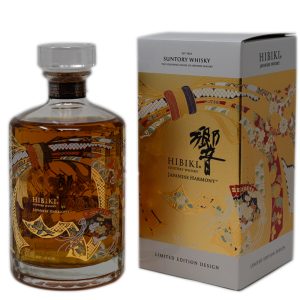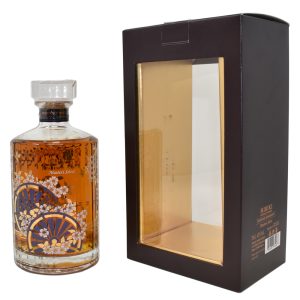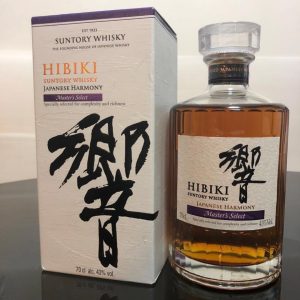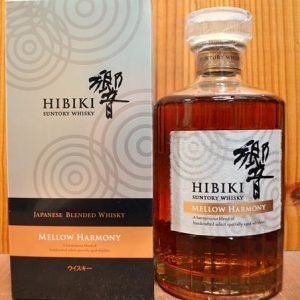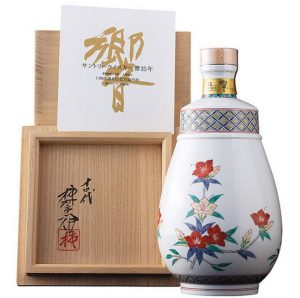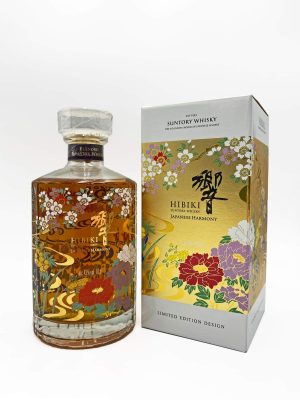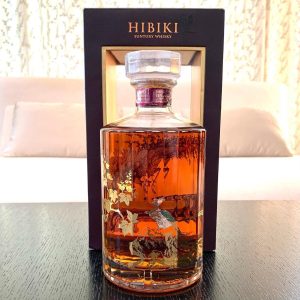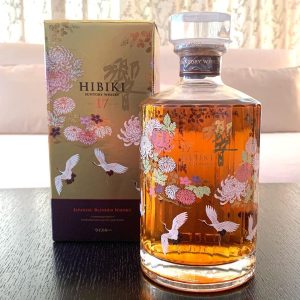Showing 1–30 of 38 results
If prizes were given to highlight the beauty of whisky's packaging (which they could well be) it is likely that the gorgeous decanter-shaped bottles that contain these Hibiki blends would be prominently on the list of awards. Hibiki which translates to "resonance" in Japanese, is, in fact, Japan's most renowned blended whisky. This is not just due to the scene from Lost in Translation where Bill Murray's character film an ad for Hibiki.
Anyone who's tried Hibiki will be aware that the popularity is well-deserved. Hibiki's exquisite blends generally comprise a mix of grain whiskies and malt from three distilleries, Hakushu, Chita and Yamazaki. The brand was first introduced around 1989, by Suntory and initially featured aged-stated blends that were available at 17 and 21 years old. Only the 21 year old Hibiki is offered in the main range, along with a no-age-statement expression called Hibiki Harmony. The range is accompanied by periodic exclusive releases.
Commonly Asked Questions Regarding Hibiki
Where is Hibiki created?
Hibiki is blended whisky, which means it doesn't come from one single source. In contrast to Scotch Whisky which has been heavily controlled for several decades, Japanese whisky standards were officially established at the beginning of April 2024. However, Hibiki adhered to the Scottish standard voluntarily to this point, by incorporating an assortment of malt and grain whiskies from several distilleries. The majority of the whiskies are made from Yamazaki, Chita and Hakushu.
What is it that makes Hibiki so costly?
Demand of Japanese whisky that typically is awarded top prizes in international spirit competitions has frequently exceeded supply. This has led to whiskies made in Japan are selling at increasingly high costs. Extinct expressions like Hibiki 17 Year Old used to retail for less than $100, and as of the date of this article, today fetch upwards of $900. What if we knew! !
What is Hibiki mean?
"hibiki" is a Japanese word "hibiki" means echo or resonance in Japanese.

